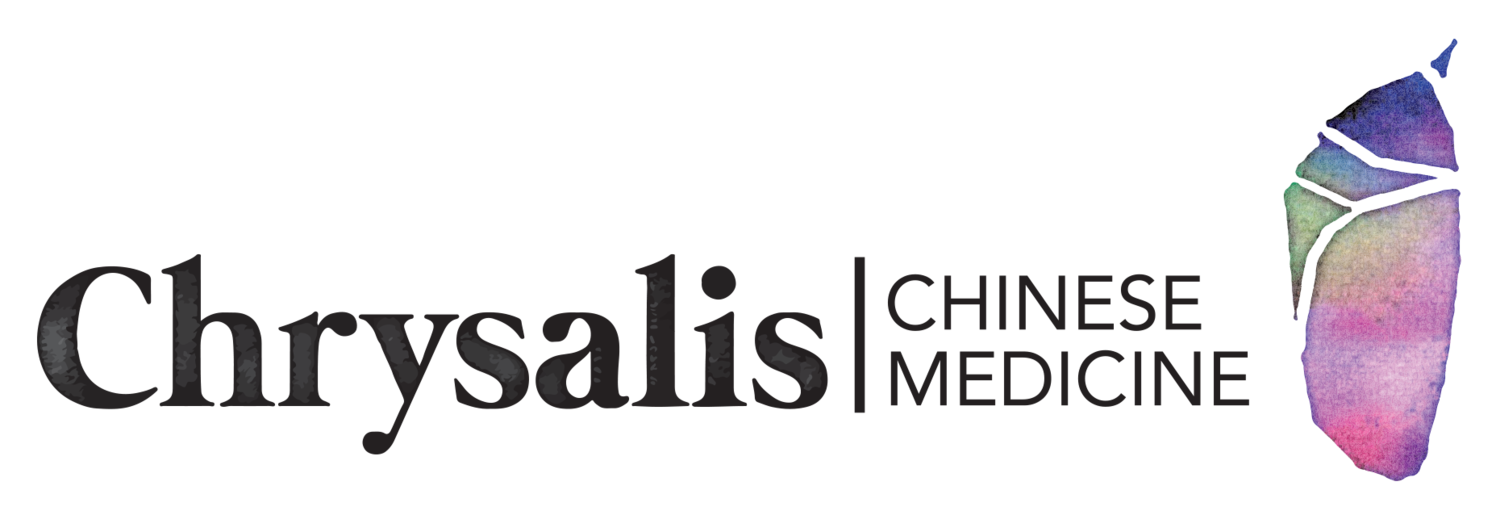An Overview of Chinese Medicine
Chinese Medicine dates back thousands of years, making it one of the oldest systems of healthcare in the world. It includes acupuncture, Chinese herbal medicine, diet and lifestyle advice, and other ancillary techniques including cupping and massage.
Many have heard of the concept of Yin and Yang, a fundamental aspect of Chinese medicine. At its core, Yin and Yang is about harmony and balance, and in Chinese Medicine, good health relies on the maintenance and restoration of a balanced state.
There are many things that can throw this fine balance off, such as overwork or emotional stress, poor nutrition, or physical injury being amongst some of the more common.
Diagnosis in Chinese Medicine is through the identification of distinct patterns of imbalance that are unique to the individual, and considers the person’s overall physical and emotional state. This approach seeks to understand how symptoms are seen in relation to one another, in order to not just address the symptoms, but also their root cause.
Acupuncture
The ancient Chinese used to say ‘where there is pain, there is no free flow. Where there is no pain, there is free flow’ when referring to acupuncture. Therefore, when there is illness or pain, it’s because this flow is interrupted. But what does this mean?
Acupuncture is based on the idea of Qi (vital energy) that circulates in the body via acupuncture channels. These channels are like a complex network of rivers, with numerous connections to one another, and several hundred acupuncture points that converge and diverge from one another.
Acupuncture utilises extremely fine sterile needles (usually about 0.20mm thick) that are inserted into these acupuncture points. The intention here is to restore the natural flow of Qi by triggering the body’s natural innate healing response, to return the body into a balanced state.
Cupping
Cupping refers to a technique that uses small glass cups as suction devices that are placed on the skin. Once suction has occurred, the cups are either left stationary (which leaves those tell-tale circular bruise-like marks made famous by swimmers in the last Olympics!), or they are gently moved across the skin.
The suction causes the skin and superficial muscle layer to be lightly drawn into the cup, so rather than applying pressure to muscles as in massage, gentle pressure is used to pull them upward – like an inverse massage.
Chinese Herbal Medicine
The origins of Chinese herbal medicine can be traced back at least 5,000 years, and can be used as an adjunct to acupuncture treatments or as a stand-alone therapy. Herbs are rarely given individually, and are most often combined to create formulas, which are specifically formulated for each individual and their presenting condition.
There are hundreds of substances commonly used – with most of these being of plant origin. While some of these herbs can be quite obscure, many are ones you may find in your kitchen or garden such as ginger, cinnamon, chrysanthemum and goji berries. While some are mineral or animal based, protected or endangered species are never prescribed here.
There are many ways to take herbs. Traditionally, raw herbs are cooked into a decoction (herbal tea), extracting the active ingredients. Although this is still the most effective way to take herbs, there are also options to take powdered herbs, which are simply stirred into hot water, herbal pills, and even as extracts or creams that can be applied externally for skin conditions.




